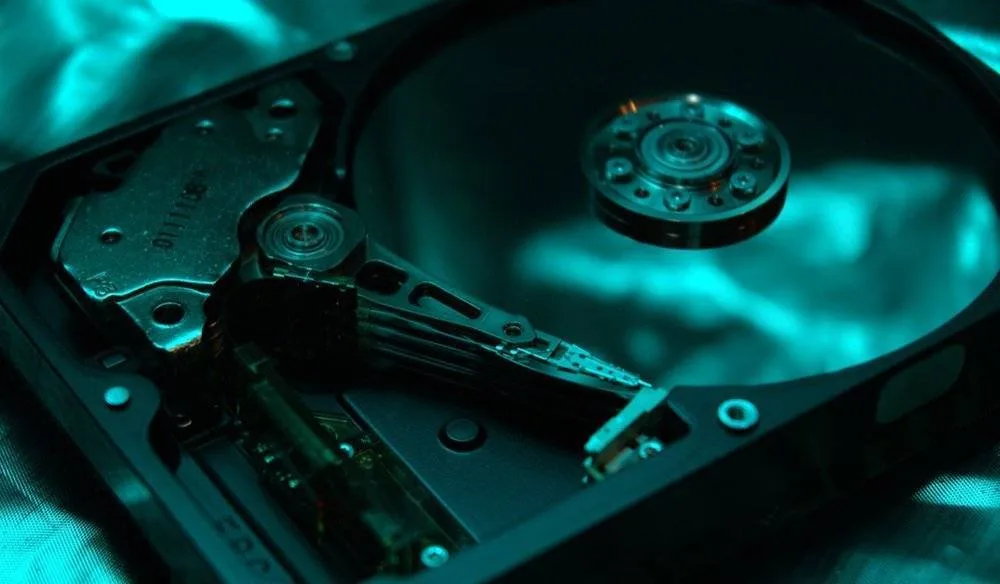Hard Drive Compression is a method of reducing the size of hard disk files. A Compressed File Format is used to compress files before sending them over a network or using other means. A Compressed File Format consists of two or more files stored in a compressed file. These files are stored on different partitions of a single hard disk. Compressed file format is also known as NTFS, FAT, or FAT32 file formats.
Most common way of hard drive compression is by using some compression software which you can download from the Internet. There are free as well as paid compression software available in the market. The software compresses files using a de-compressing algorithm which is based on certain field compressions.
Free CD-ROMs with Windows operating system is usually included with the system. You can use them to compress the compressed file. They come with a built-in decompressor. The hard drive compression utility of the disk can also be used to compress the compressed file. For this you need a compressor which is capable of reading both FAT and NTFS partitioned disk space. Compression utility of the hard drive can compress data from various file systems such as STD, FAT, NTFS and FAT 32.
DOS compliant hard drives are capable of both FAT and NTFS partitions. They also have the ability to convert between the two partitions without any formatting activity. There is another type of hard drive compression utility available in the market, which is known as the doublespace utility. This particular utility is capable of compressing data from both FAT and NTFS partitioned hard drives.
There are many such compression utilities available on the internet. A simple search using the keywords ‘compression utilities’ will give you a list of options. Some of these compression utilities come with free software, while some of them are available with costlier software.
A few of these free software are Disk Defragmenter and Easy defrag. The other option is to buy disk defragmentation tool that comes with Windows. The latter option is preferred as it provides several advanced features. There are also many third party hard drive compression utilities available in the market.
There are several things you must consider before choosing the right tool. First thing you must do is to determine what size can be compressed. You must not compress the drive, which is more than your requirements. The next thing to determine is to find out if you want encryption or not. You can also compress the disk space using the right click on the ‘Compress’ tab while you’re in Windows Explorer.
In Windows, there is a Compression utility located in your start menu at the bottom of the computer screen. It is named as System Tools and you can double click on it to launch it. Select the default setting of ‘auto compression’ and set the size of the disk drive that you want to compress to be approximately equal to its maximum size or even larger than it.
While in the Compression utility, you can right click on the selected data files and then select the ‘Open with’. From the ‘Open with’ window, you should right click on the selected file and then click on ‘OK’. When you are in Windows Explorer, you can click on ‘Compress’ tab and then click on ‘OK’. A progress window will appear and you can watch the compression process on the screen. The duration of compression will be clearly shown.
When the process of compression is completed successfully, you can check the date and time by right clicking on the files that you wanted to compress and click on the ‘Date’ and ‘Time’ button to display the same information. After viewing the date and time, you can delete the files which are not used any more. The files which have been compressed usually take up a little more disk space but the overall compression ratio increase significantly.
Common disk compression solutions
- Stacker XT/8 and Stacker AT/16 from Stac Electronics.
- Expanz! and Expanz! Plus from InfoChip Systems.
- DiskDoubler dd2000 from Datran Corporation.
- MRCI (Microsoft Real-Time Compression Interface) from Microsoft.
There are multiple ways that the compression utility works. First of all, it tries to locate all the broken files on your hard drive and compresses them. Then it tries to remove the unused files. Next, all the fragmented files are removed so that the performance of the PC is improved. Finally all the files that were damaged, are repaired or cleaned up so that they can operate properly again.
You should keep one computer on hand so that you can always have an extra hard disk or a secondary hard drive ready in case there is a problem with the primary drive which causes the disk error. Regular scanning of the disk drive is also important so that the files and folders are not deleted even if there is no data present in them. You should clean up the registry of the computer before you compress the files so that the system runs faster.







